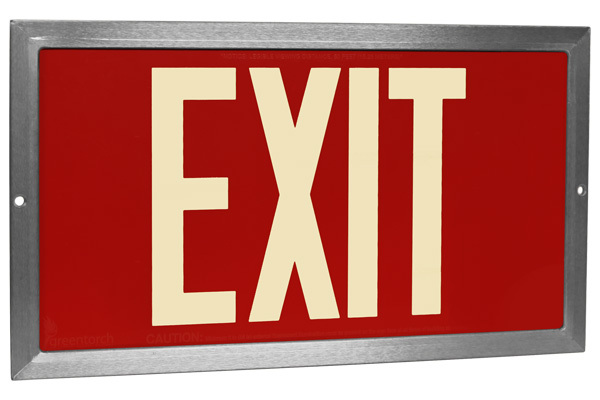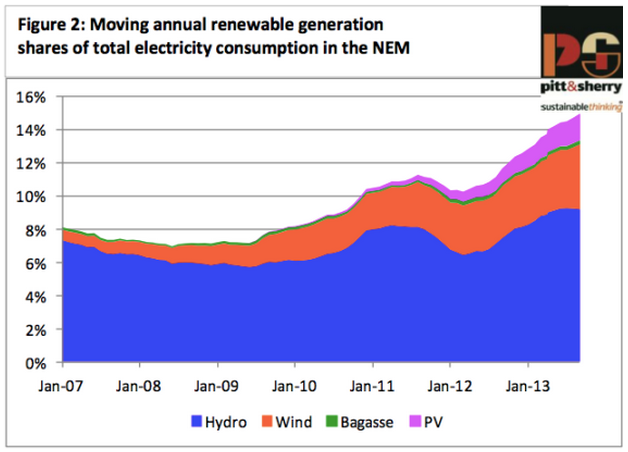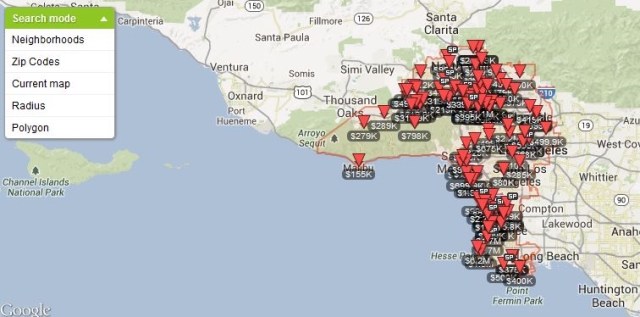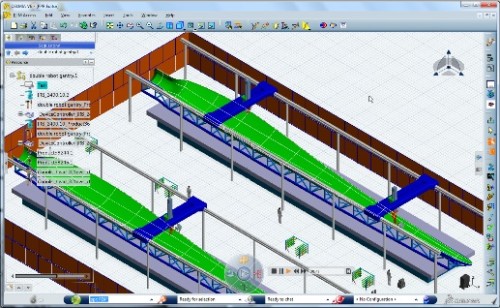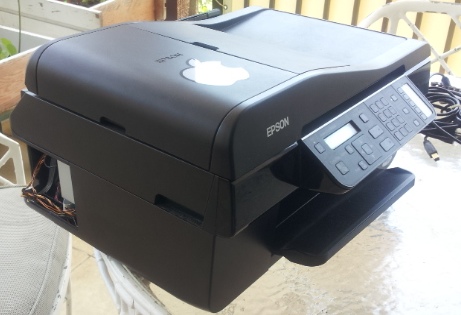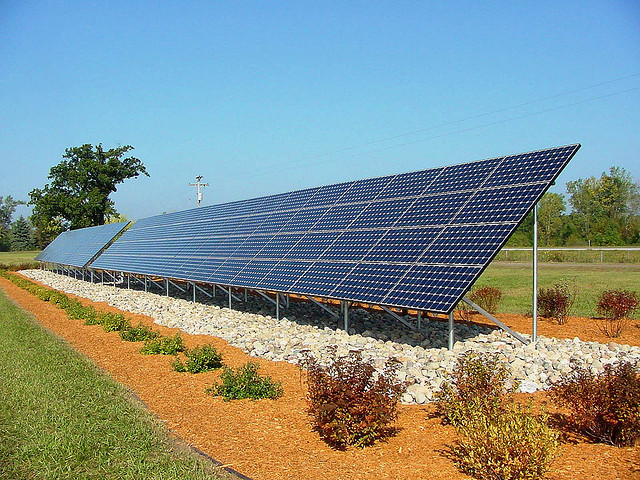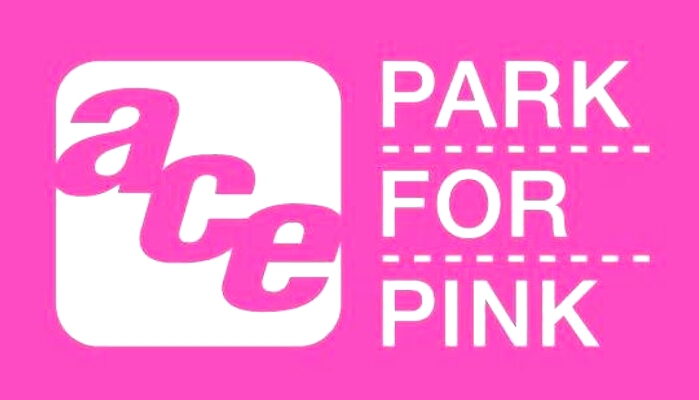Most organizations and businesses spend a lot of time and money figuring out how to get more people into their buildings and stores and offices, and that makes a lot of sense, considering that their operation and continued success relies on an efficient flow of people, including both the customers and clients, as well as the employees. But an equally important (although much less obvious) task is to figure out how to facilitate the outflow of people, as quickly as possible, especially in the case of emergencies or power outages.
Emergency lighting systems, which provide hallways and exits with enough illumination and visibility to guide people to safety, come in a wide range of styles, shapes, features, and options. A wide variety of models of emergency lights are available to replace older fixtures, or to install in a new building, and can easily be matched with the building’s interior, as well as connected to other building automation systems for monitoring and testing.
With long term costs and carbon footprint in mind, low-power and high-efficiency models should be considered over standard grades, and because LED emergency lights and exit signs offer not only more efficient energy use and longer lifespan, while providing the brightness necessary for visibility in emergency situations, they are great options, just like Modern Place Office Lighting.
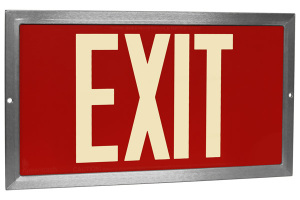 For some Exit sign applications, a glow-in-the-dark model (photoluminescent) can provide clear signage above doors, without using any power for illumination, and without requiring installation by a team of professional electricians. For a powered solution, LED Exit signs offer high energy-efficiency operation and long bulb life, and most feature a battery system that can provide an hour or more of illumination if the power goes out.
For some Exit sign applications, a glow-in-the-dark model (photoluminescent) can provide clear signage above doors, without using any power for illumination, and without requiring installation by a team of professional electricians. For a powered solution, LED Exit signs offer high energy-efficiency operation and long bulb life, and most feature a battery system that can provide an hour or more of illumination if the power goes out.
By thinking of not just the inflow of people to your business or organization, but also about the outflow, you can be better prepared to meet the challenges that emergencies can bring.
This post has been generously supported by EmergencyLights.net.

